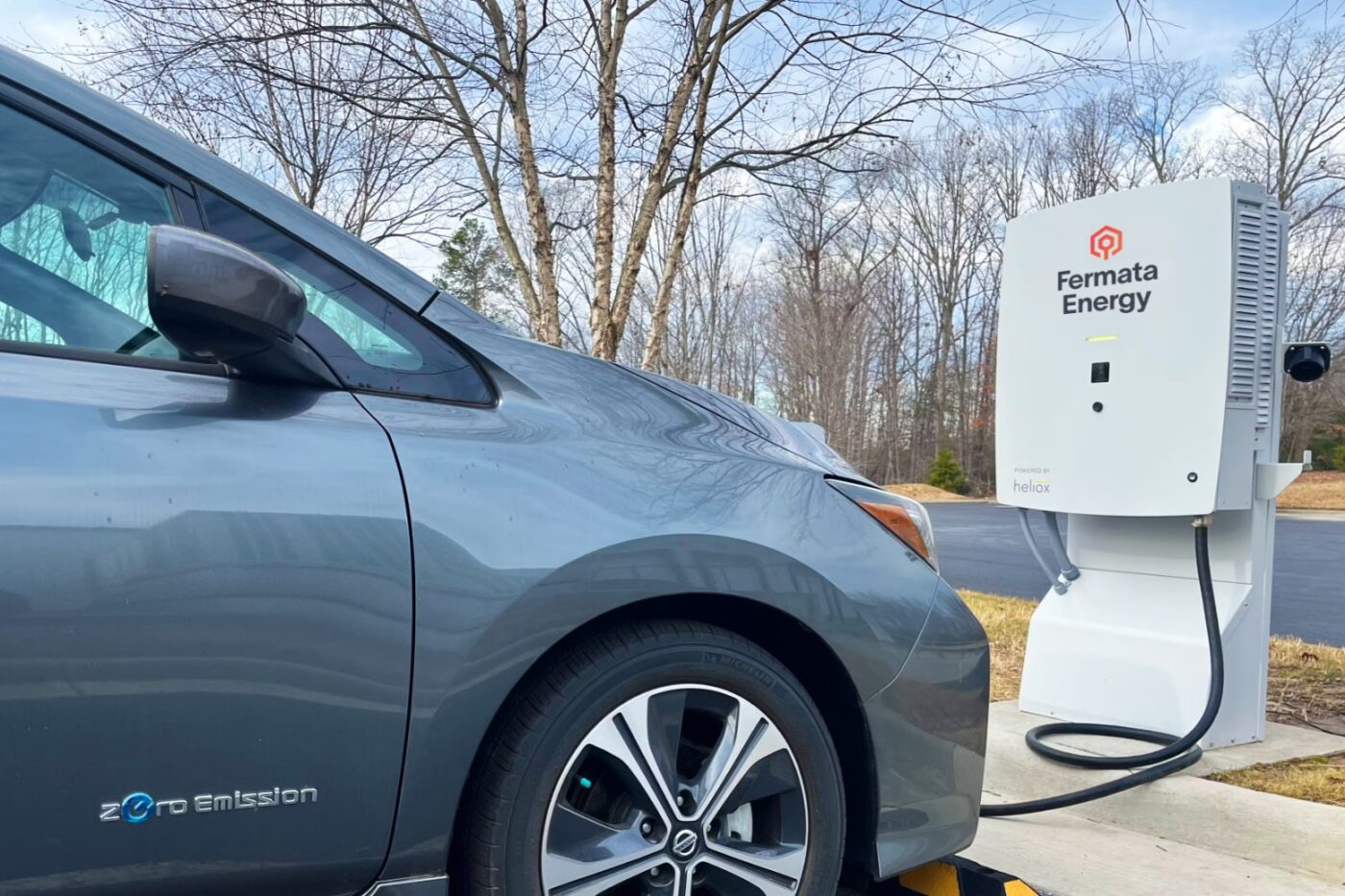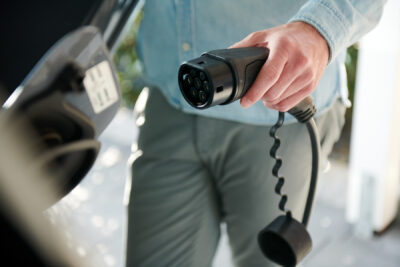Nissan USA approves Fermata bidirectional charger
Fermata Energy, a vehicle-to-grid (V2G) services provider and Nissan have announced the next-generation Fermata Energy FE-20 bidirectional charger. The FE-20 has now received the required UL and CHAdeMO standards approval and passed key Nissan requirements for approved use with the Nissan Leaf.
V2G technology allows vehicles to feed energy back into grids or households, allowing owners to earn extra income to stabilize grids, as well as other benefits such as providing emergency power during blackouts. As V2G technology spreads across the USA parallel to the adoption of electric vehicles, numerous companies are offering bidirectional chargers. Fermata provided the first serially produced bi-directional charger for the Nissan Leaf in the US in 2022.
Fermata Energy says the FE-20’s predecessor, the FE-15, already helped reduce electricity bills by more than $9,450 over four years – or nearly $2,000 annually on average, as per tests carried out with a proof-of-concept trial at Nissan Americas Headquarters in Franklin, Tennessee.
“The FE-20 is the latest generation Fermata Energy bidirectional charger and advanced, intelligent V2X software bringing enhanced technology and features that optimize the full bidirectional charger capabilities of Nissan LEAF,” said Kent O’Hara, president of Nissan’s 4R battery business. “The FE-20 offers valuable energy cost reduction capability to Nissan LEAF fleet customers.”
Fermata assures Nissan customers use of the Fermata Energy FE-20 charger and V2X software platform does not impact the vehicle’s warranty.
Earlier this year, the California Energy Commission (CEC) awarded BorgWarner and project partners Fermata Energy and Lion Electric a $3 million grant for an innovative Vehicle-to-Grid project. The project is planned to enable electric school bus batteries to support the grid with additional power during emergency events when parked and to generate revenue through participation in demand response programs and other value streams to lower the vehicles’ Total Cost of Ownership.





0 Comments